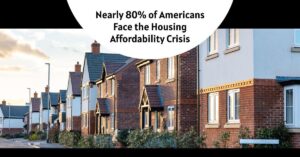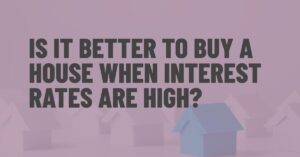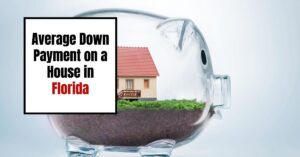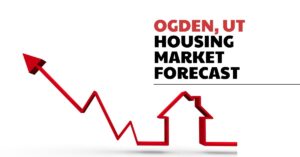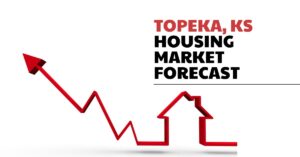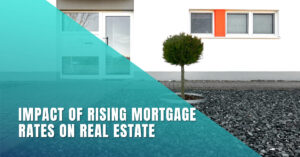The American dream of homeownership seems to be adrift in a sea of rising costs. A recent survey conducted by the National Association of Home Builders (NAHB) paints a concerning picture: nearly 80% of Americans believe their communities are facing a housing affordability crisis. This isn't just a perception – the survey results go beyond mere opinion.
Nearly 80% of Americans Say Housing Affordability is a Crisis
The data reveals a widespread frustration with a lack of action. A staggering 80% of respondents feel that policymakers aren't prioritizing housing affordability when crafting laws and regulations. Similarly, a significant majority (80%) believe local governments are failing to steer the ship towards the development of housing accessible to low- and moderate-income families.
This sentiment extends to the federal level, with over half (51%) of those surveyed feeling their congressional representatives are offering only empty promises, not solutions, to a problem threatening to sink many households.
However, the NAHB isn't just sounding the alarm; they're also proposing a well-equipped rescue boat. Their 10-point plan outlines actionable steps at local, state, and federal levels to increase housing supply and make it more attainable for everyday Americans. The encouraging news? The survey shows strong public support for these proposals, indicating a willingness to work together and navigate the choppy waters.
For instance, a whopping 74% of respondents back providing incentives for builders and developers who focus on creating affordable housing. This strategy could significantly increase the availability of safe harbors for low- and moderate-income families. Interestingly, there's openness to rethinking existing policies. Nearly two-thirds (65%) support replacing the current mortgage interest deduction with a broader tax credit that functions more like a life raft, accessible to a wider range of middle-class homeowners.
Another key finding highlights a shift in preferences – a strong majority (64%) endorse providing incentives for local governments to loosen zoning regulations that restrict the construction of affordable housing. This could open up more areas for development of multi-unit dwellings, catering to younger generations and first-time homebuyers who are currently struggling to stay afloat.
Furthermore, over half (56%) recognize the importance of increasing the supply of medium-density housing, a category that often falls within budget for moderate-income earners, offering them a secure place to land.
The survey underscores a crucial point: housing affordability isn't a partisan issue. Across demographics and political affiliations, Americans are united in their desire for solutions. With a national deficit of 1.5 million housing units, the need for action is clear.
As NAHB Chairman Carl Harris emphasizes, this is a wake-up call for policymakers to enact practical measures that empower builders to meet the urgent demand for affordable housing. The dream of homeownership shouldn't be a luxury reserved for a select few; it should be a safe harbor within reach for all.
Beyond the statistics, the human cost of this crisis is undeniable. Young adults are delaying milestones like marriage and children because they can't afford to put down roots. Working families are struggling to balance rent payments with everyday necessities. Seniors on fixed incomes are being priced out of the neighborhoods they've called home for decades. This isn't just an economic issue – it's a social one, with far-reaching consequences for the stability and well-being of communities across the nation.
There's a sense of urgency attached to this issue. While the NAHB survey was conducted in April 2024, recent months have only seen housing prices climb further, pushing the dream of homeownership further out of reach for many. The longer policymakers wait to take action, the deeper the crisis will become.
The good news is that there are solutions on the horizon. The NAHB plan provides a roadmap, and the public's overwhelming support for these proposals is a powerful tailwind. By working together, communities, builders, and lawmakers can chart a course towards a future where safe, secure, and affordable housing is a reality for all Americans, not just a privilege for a select few.
Read More:
- Top 20 Hottest Housing Markets Predicted for 2025
- Housing Market Predictions for Next 5 Years (2025-2029)
- Housing Market Predictions for the Next 2 Years
- Real Estate Forecast Next 5 Years: Top 5 Future Predictions
- Housing Market Predictions for 2027: Experts Clash on Forecast
- Top 10 Housing Markets Least Likely to Crash (Q1 2024)
